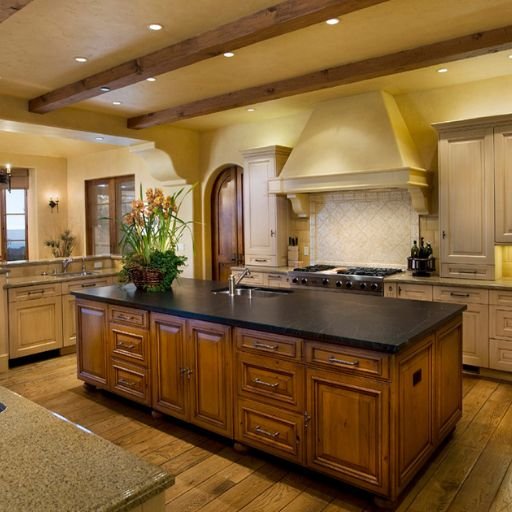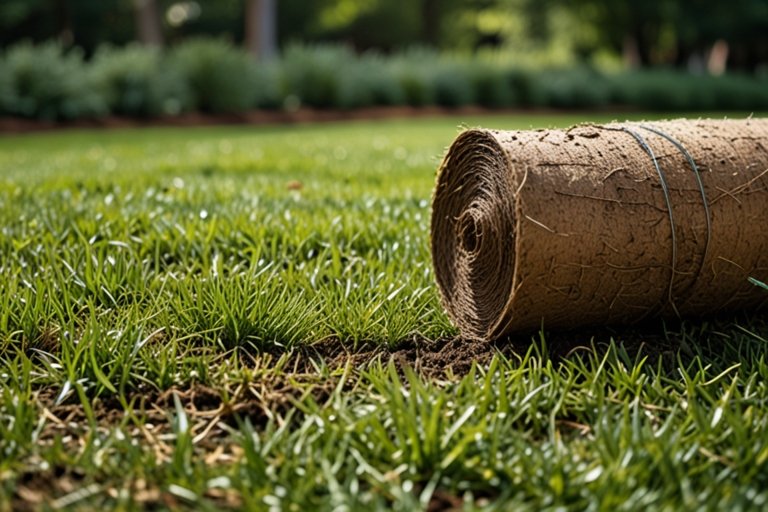Remodeling your kitchen is an exciting way to bring new life into your home, and doing so with eco-friendly choices can make a big difference for the environment. By choosing sustainable materials, energy-efficient appliances, and thoughtful design, Redmond homeowners can create a beautiful, functional, and environmentally responsible kitchen. Here are some top tips for an eco-friendly kitchen remodel that will help you reduce your environmental footprint while also enhancing the look and functionality of your space.
1. Opt for Sustainable Materials
One of the most impactful ways to make your kitchen remodel eco-friendly is by selecting sustainable building materials. This includes everything from countertops to cabinets.
- Recycled or Reclaimed Materials: Consider recycled or reclaimed wood for cabinets, flooring, or shelving. These materials not only prevent deforestation but also give a unique, rustic look to your kitchen.
- Eco-Friendly Countertops: Choose countertops made from recycled glass, bamboo, or sustainable stone options like quartz. These materials are durable and reduce the need for environmentally harmful mining practices.
- Low-VOC Paints and Finishes: Look for low-VOC (volatile organic compound) paints and finishes for cabinetry and walls. VOCs are harmful chemicals released into the air during painting, so low-VOC options improve indoor air quality and reduce your kitchen’s overall environmental impact.
2. Energy-Efficient Appliances
Energy-efficient appliances can drastically reduce energy consumption, saving you money on utility bills and reducing greenhouse gas emissions.
- Look for ENERGY STAR®: When purchasing appliances, look for the ENERGY STAR® label. These products meet strict energy efficiency guidelines set by the U.S. Environmental Protection Agency and the Department of Energy, helping to reduce energy use without compromising performance.
- Choose Induction Cooktops: Induction cooktops are more energy-efficient than traditional gas or electric stoves. They heat up faster, cook food more evenly, and lose less heat, which keeps your kitchen cooler.
- Energy-Efficient Lighting: Replace old incandescent bulbs with energy-efficient LED or CFL lights. Not only do they use less energy, but they also last much longer, reducing the frequency of replacements.
3. Water-Saving Fixtures
Incorporating water-saving fixtures into your kitchen remodel can reduce water waste and lower your water bill.
- Low-Flow Faucets: Install low-flow faucets that reduce water consumption without sacrificing pressure. These fixtures save a significant amount of water over time.
- Smart Dishwashers: ENERGY STAR®-certified dishwashers are not only energy-efficient but also use less water per load. Look for models that allow for adjustable racks and short wash cycles to further minimize water usage.
4. Eco-Friendly Flooring Options
Choosing environmentally friendly flooring materials helps minimize deforestation and reduces the number of harmful chemicals in your home.
- Bamboo Flooring: Bamboo is a highly renewable resource and a great alternative to traditional hardwood. It’s durable, stylish, and comes in various finishes to suit your kitchen’s aesthetic.
- Cork Flooring: Cork is another sustainable option that is harvested without harming the tree. Cork flooring is comfortable to walk on, absorbs sound, and has natural antimicrobial properties, making it ideal for kitchen environments.
- Recycled Tile: If you prefer tile flooring, opt for tiles made from recycled materials, like glass or porcelain. They’re durable, stylish, and come in a variety of colors and patterns.
5. Reduce, Reuse, and Recycle
The old adage “reduce, reuse, recycle” applies just as much to home remodeling as it does to everyday life.
- Reuse Cabinets: If your current cabinets are in good shape, consider refinishing or repainting them rather than replacing them. This not only saves materials but also reduces the waste generated by tearing out old cabinetry.
- Repurpose Materials: Use salvaged materials for accents, such as reclaimed wood for open shelving or vintage tiles for a backsplash. These repurposed items give your kitchen a unique character and charm.
- Recycle Demolition Waste: During the remodel, work with your contractor to recycle as much waste as possible. Many materials, such as metal, concrete, and glass, can be recycled instead of sent to the landfill.
6. Consider Solar Power for Your Kitchen
In Redmond, where sunny days might be less common, adding solar panels may seem like a challenge. However, modern solar technology can still capture energy even on overcast days, making it a feasible option.
- Solar Panels: Installing solar panels on your roof can provide a clean energy source for your home, significantly reducing your reliance on the grid.
- Solar-Powered Appliances: Some smaller kitchen appliances, like chargers or lights, can run on solar power. If solar panels are too large of an investment, consider starting with these smaller solar-powered devices.
7. Install a Compost Bin
Reducing food waste is a big part of creating an eco-friendly kitchen. A compost bin allows you to turn food scraps into nutrient-rich compost, which is excellent for gardening and landscaping.
- Built-In Compost Drawer: Some kitchen designs incorporate a built-in compost drawer that’s easy to access and hides scraps until you’re ready to transfer them to an outdoor compost bin.
- Compact Countertop Composters: For those without an outdoor space, countertop composters are small, efficient, and odor-free options to turn scraps into compost without needing a yard.
8. Invest in Durable and Timeless Design
Choosing durable materials and a timeless design can extend the life of your kitchen, reducing the need for future remodels and saving resources in the long run.
- High-Quality Materials: Invest in durable, high-quality materials that will stand up to daily use. Quality materials may cost more initially but will last longer, ultimately reducing waste and saving money.
- Timeless Style: Rather than opting for trendy designs that may go out of style quickly, choose classic colors, finishes, and fixtures. A timeless design will keep your kitchen looking beautiful and functional for years to come.
9. Choose Eco-Friendly Cabinetry
Cabinets are a big part of any kitchen remodel, so choosing eco-friendly options can have a significant impact.
- FSC-Certified Wood: Look for cabinets made from wood certified by the Forest Stewardship Council (FSC), which ensures that the wood is harvested sustainably.
- Formaldehyde-Free Options: Avoid cabinets made with particleboard or MDF containing formaldehyde, a harmful chemical. Instead, look for cabinets made with formaldehyde-free materials to improve indoor air quality.
10. Ventilate Properly
Good ventilation is essential for an eco-friendly kitchen, as it improves indoor air quality by reducing cooking fumes and pollutants.
- Range Hoods: Install an efficient range hood that vents to the outside to remove cooking fumes and improve indoor air quality.
- Energy-Efficient Fans: Choose energy-efficient ventilation fans that will help keep the kitchen’s air clean without consuming excessive energy.
Conclusion
An eco-friendly kitchen remodel offers multiple benefits, from lowering your energy bills and improving air quality to reducing your home’s environmental impact. By making mindful choices about materials, appliances, and layout, Redmond homeowners can enjoy a kitchen that’s beautiful, functional, and sustainable.



